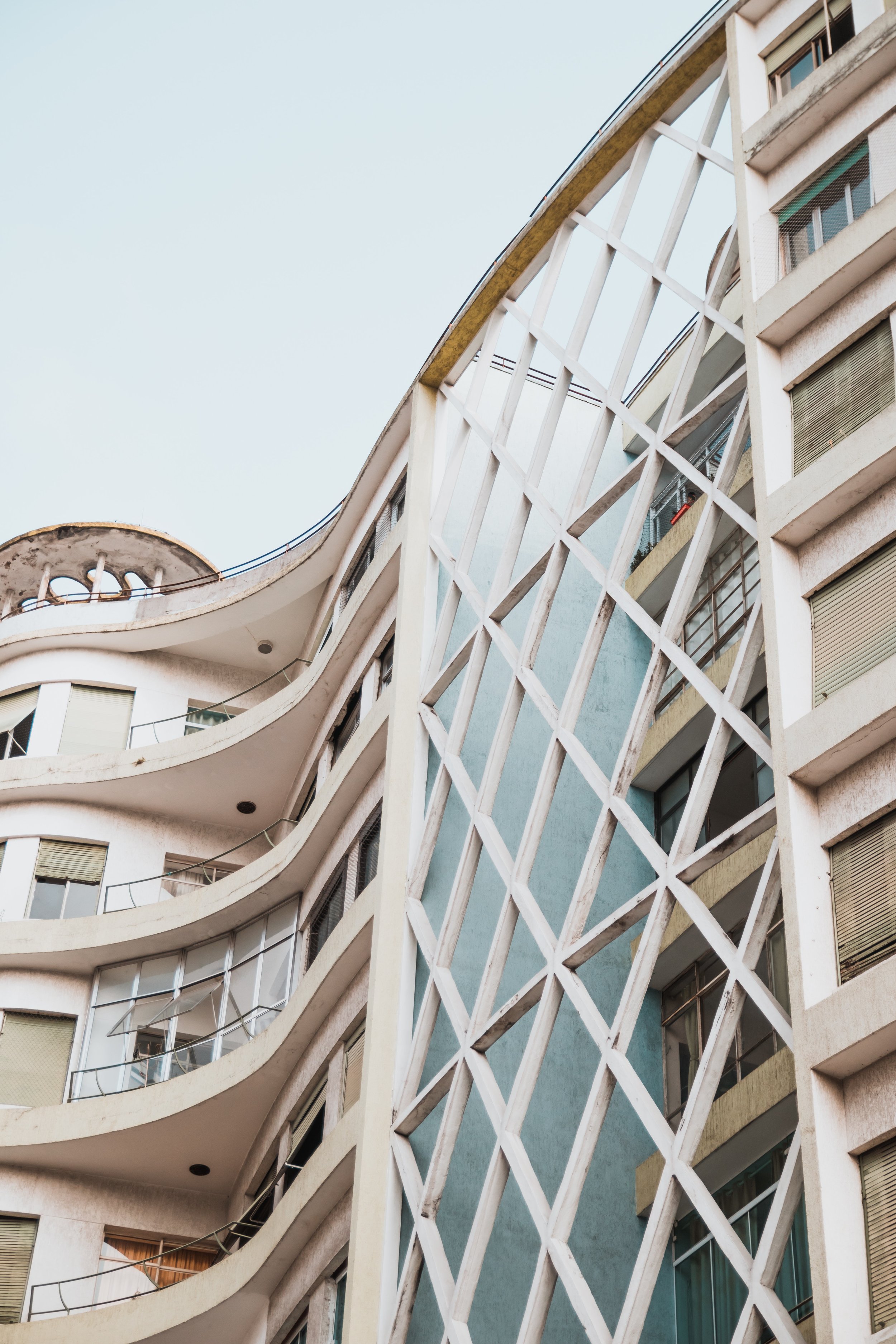The Role of Architecture in Community Development
Architecture has been an integral part of human civilization for thousands of years. From ancient civilizations like the Egyptians and Greeks to modern-day cities like New York and Tokyo, architecture has shaped the way people live, work, and interact with each other. It is not just about creating buildings and structures, but it is also about creating spaces that are functional, aesthetically pleasing, and sustainable.
Architecture plays a crucial role in community development as it influences the quality of life of people, the economy, and the environment. It is not just about creating structures that are aesthetically pleasing, but it is also about creating spaces that are safe, comfortable, and healthy for people to live and work in. A well-designed building or public space can make a significant difference in a community, from creating a sense of place to promoting economic development and social equity.
In this blog article, we will explore the different ways architecture impacts community development. We will delve into how architecture creates a sense of place, enhances the quality of life, promotes economic development, addresses environmental sustainability, and fosters social equity. We hope this article will provide insights into the vital role architecture plays in shaping our communities and inspire architects and community leaders to work together to create spaces that reflect the values and needs of their communities.
Influencing Community Behavior through Architecture
Commercial architecture can influence the behavior of people in a community. Buildings and public spaces can be designed to encourage social interaction, physical activity, and environmental responsibility. For example, a shopping mall with open-air spaces, greenery, and seating can encourage people to stay longer, socialize, and shop more sustainably. Buildings with energy-efficient features and smart lighting can also encourage more responsible energy consumption among tenants and visitors. The design of commercial spaces can also influence community behavior by promoting inclusivity and diversity, such as creating gender-neutral restrooms and accessible entrances.
Improving Quality of Life
Did you know that according to a study by the World Green Building Council, people who work in green-certified buildings experience a 26% reduction in absenteeism and a 30% reduction in sick leave? Architecture can improve the quality of life for people in a community by creating safe, comfortable, and healthy environments. Buildings that are well-designed and well-maintained can promote physical and mental health, productivity, and well-being. For example, buildings with ample natural light and good ventilation can reduce stress and improve mood. Access to public spaces like parks and plazas can also provide opportunities for relaxation, social interaction, and community events, which can improve the overall quality of life in a community.
Promoting Economic Development in Urban Areas
Architecture can play a critical role in promoting economic development in urban areas like New York City. Well-designed buildings and public spaces can attract businesses and visitors, which can lead to increased economic activity. For example, the High Line, a public park built on an old elevated railroad line in Manhattan, has revitalized the surrounding neighborhood and attracted new businesses and residents. The construction and maintenance of buildings and public spaces in urban areas can also provide job opportunities for local residents and contribute to the local economy. Additionally, sustainable design practices can help reduce operating costs for building owners and businesses, making them more economically viable in the long run.
Addressing Environmental Sustainability
Architecture can address environmental sustainability, which is a priority for government agencies like the Environmental Protection Agency (EPA). Buildings that are designed with sustainability in mind can reduce energy consumption, water usage, and waste production. For example, the EPA's headquarters in Washington, D.C. is a model of sustainable design, with features like a green roof, solar panels, and a rainwater harvesting system. Public spaces like green roofs and bioswales can also help manage stormwater runoff and improve water quality. Sustainable design practices not only help protect the environment but can also reduce operating costs for building owners in the long run.
Fostering Social Equity and Accessibility
Architecture can foster social equity and accessibility by creating buildings and public spaces that are accessible to all people, regardless of their age, ability, or socio-economic status. The Americans with Disabilities Act (ADA) requires that buildings and public spaces be designed with accessibility in mind, including features like ramps, elevators, and accessible bathrooms for people with disabilities. However, accessibility is not just about meeting legal requirements; it is also about creating inclusive spaces that accommodate the needs of all individuals. Public spaces like parks and plazas can have benches and shade structures for people to rest and socialize, and affordable housing and community centers can provide resources and opportunities for low-income residents. Architecture can play a crucial role in fostering social equity and accessibility by creating spaces that are inclusive and promote equal access to opportunities for all people.

